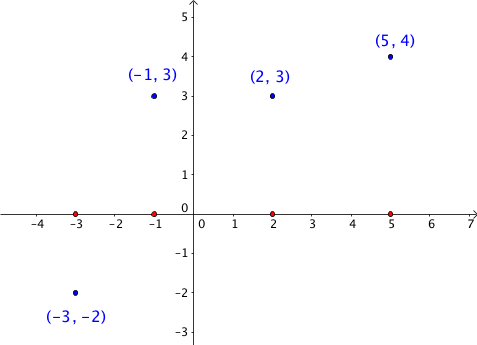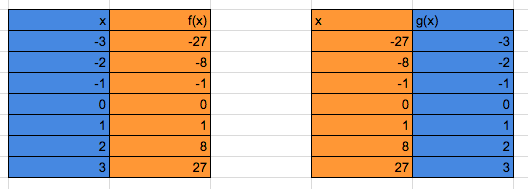Understanding Domain and Range Part 3
In the previous post, we have learned how to analyze equations of functions and determine their domain and range. We have observed that the range of the functions and
are the set of real numbers greater than or equal to
since squaring a number or getting its absolute value results to
or a positive real number. We also learned that for a function to be defined, the number under the square root sign must be greater than or equal to 0. Lastly, we have learned that we cannot divide by zero because it will make the function undefined.
In this post, we are going to continue our discussion by examining functions with equations more complicated than those in the second part of this series.
Squares and Absolute Values
1.
Domain: The function is defined for any real number , so the domain of
is the set of real numbers.
Range: The minimum value of is
for any real number
and
. So, the minimum value of the function is
. We can make the value of the function as large as possible by increasing the absolute value of
. So, the range of the function is the set of real numbers greater than or equal to
or
in interval notation. » Read more

